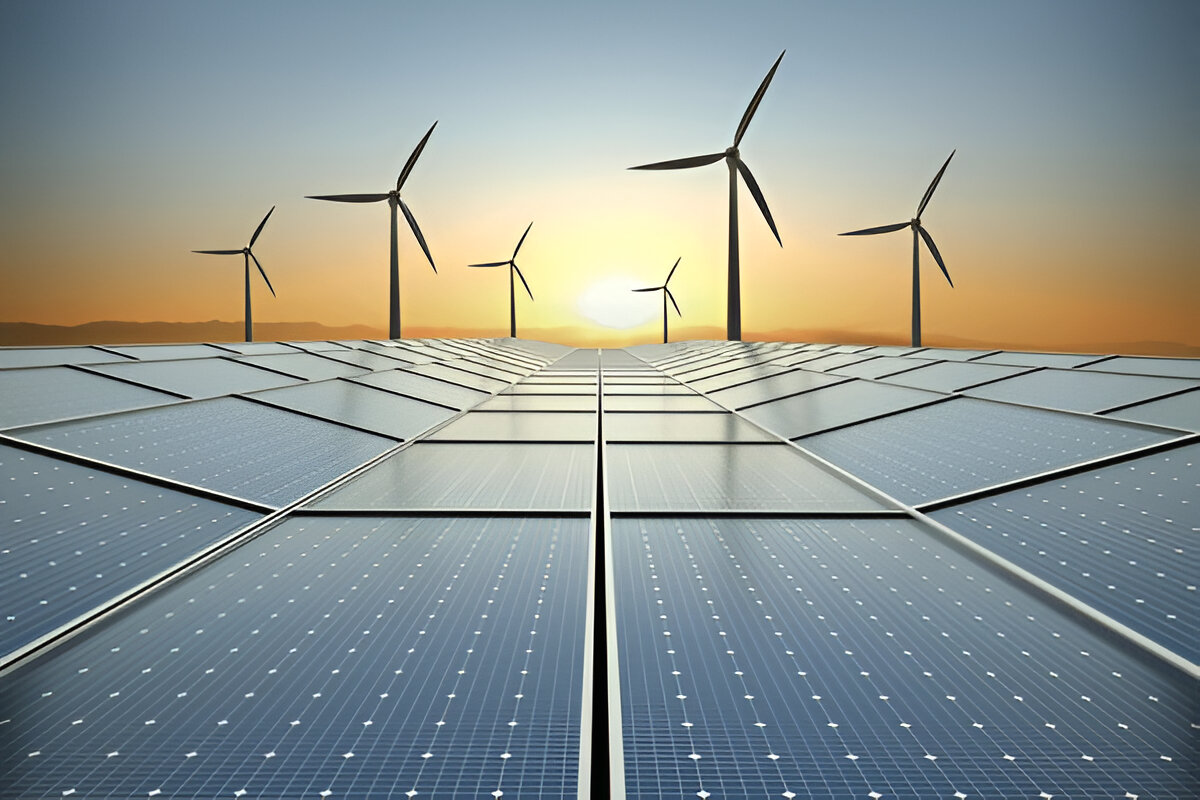Nigeria has set a goal of achieving a 60:40 non-renewable to renewable energy mix by 2025 under its Integrated Energy Policies. Mondaq However, actual renewable contribution remains low (<10% in many reports) due to financing difficulties, grid constraints, policy gaps, and low private investment. ScienceDirect+2ng.andersen.com+2
This post would examine which renewable technologies are scaling (solar PV, mini-grids, biogas), what government incentives are in place (tax, regulatory, subsidy reforms), and where gaps still exist (financing, skilled manpower, grid integration). For industrial clients, these policies affect what energy solutions will be viable (solar + gas hybrids, or off-grid systems).
For PCL-Power, this means opportunity to offer renewable energy solutions (solar, biogas), integrated with gas where needed, plus full services: EPC, supply, maintenance, and logistical support. Businesses that act now benefit from incentives and possibly lower energy costs, while also aligning with national policy.
CTA: encourage clients to explore renewable-gas hybrid designs, connect with PCL-Power for energy audits, feasibility, and project proposals.
